Translations:Android/38/en
When the application is running in normal mode, without privileges, the client application update is only available with user participation.<br
- The new version of the application is uploaded to the server (usually done by the administrator).
- Follow the document Manual Update of SmartPlayer.
Hardware Limitations of the Platform
Android devices have the following hardware limitations:
- Obtaining root access on the device opens up access to more device interaction capabilities.
- Depending on the Android OS device being used, the number of videos that can be played simultaneously varies. This functionality depends on the decoders used on the devices.
Playing Content with Non-Standard Resolution on Android OS Set-Top Boxes
To start working with non-standard resolution content on a set-top box running Android OS, the user must first log in to the personal account.
Next, the user needs to go to the "Broadcasts" section in the personal account and select the "Create" category.
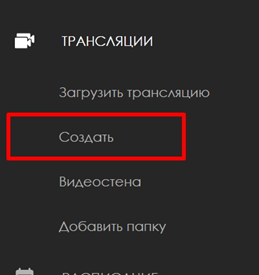
The next step is for the user to create a broadcast with any orientation: vertical or horizontal. This parameter depends on the set-top box settings. The user must click the "Save" button at the bottom right to apply the settings.
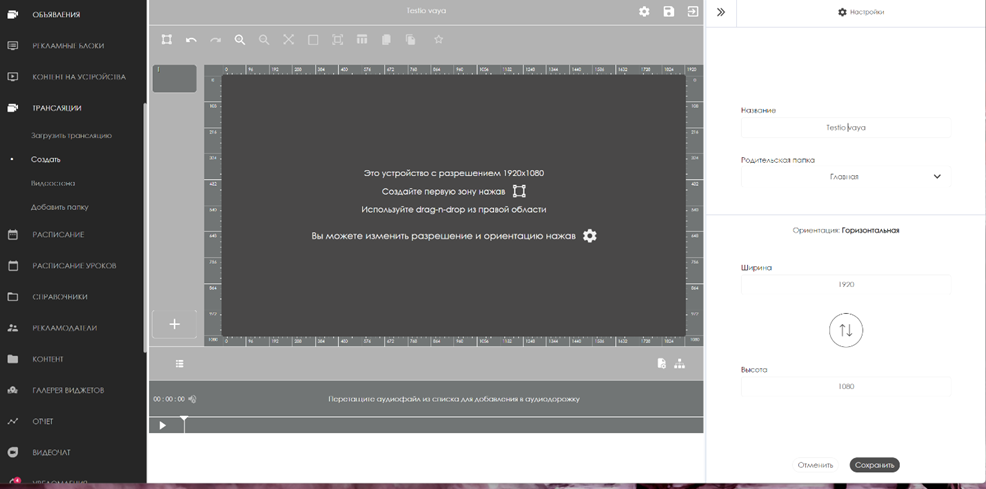
After completing the above steps, the user must create a broadcast zone by clicking on the special icon.
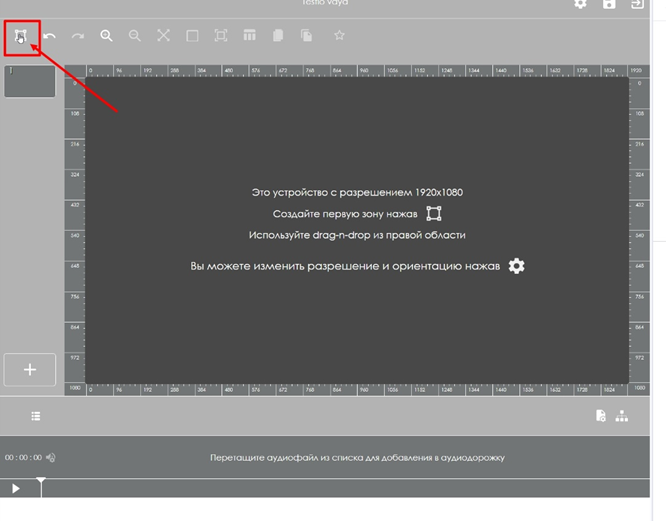
When selecting the zone, a toolbar will appear on the right, where the zone size parameters can be specified in pixels. In the "Width" and "Height" fields, the user must enter the required size values in numbers.
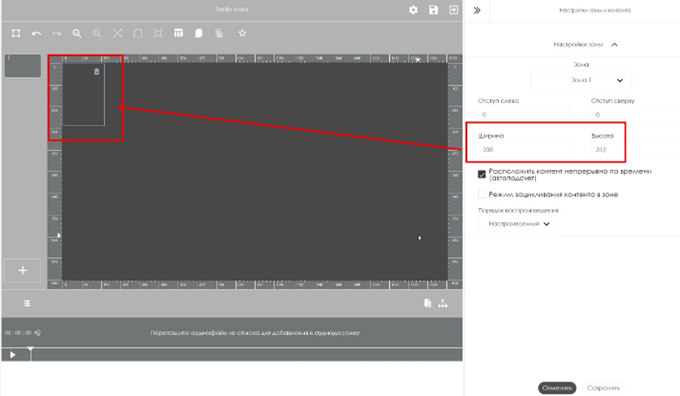
After setting the "Width" and "Height" parameters, the user should select the content to be played. This action is also done in the right toolbar.
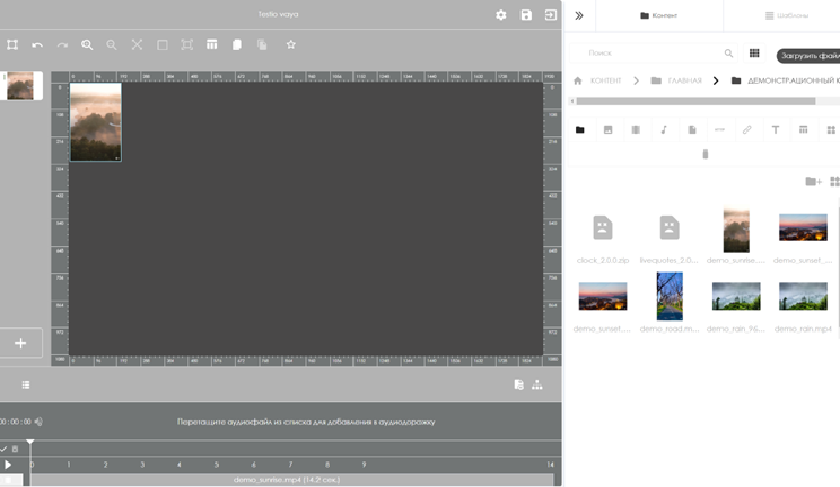
The final step for the user will be to install the broadcast on the device. All the previously completed actions will lead to the correct playback of non-standard resolution content on Android OS devices.
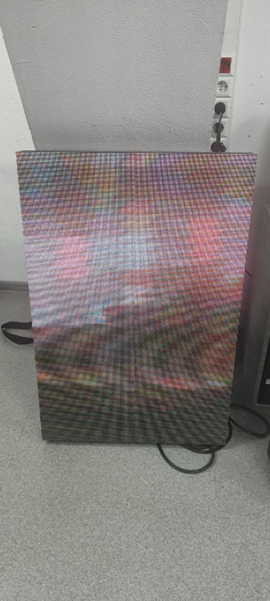
Predefined Media Stream Settings
Due to the large number of Android OS set-top box manufacturers who make their devices unique, even within the same company, there are often issues with content playback. To resolve many of these issues, users can use preset settings for the device during broadcast creation.
Step-by-Step Instructions
For the user to interact with the presets, they need to log in to their personal account and find the "Broadcasts" section. In the "Broadcasts" section, they need to select the "Create" category.
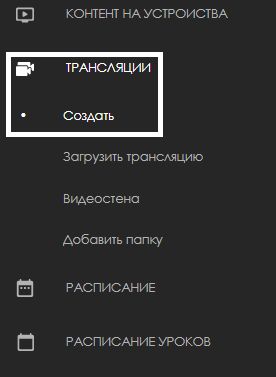
The next step is to create a content zone in the broadcast by using the special icon.
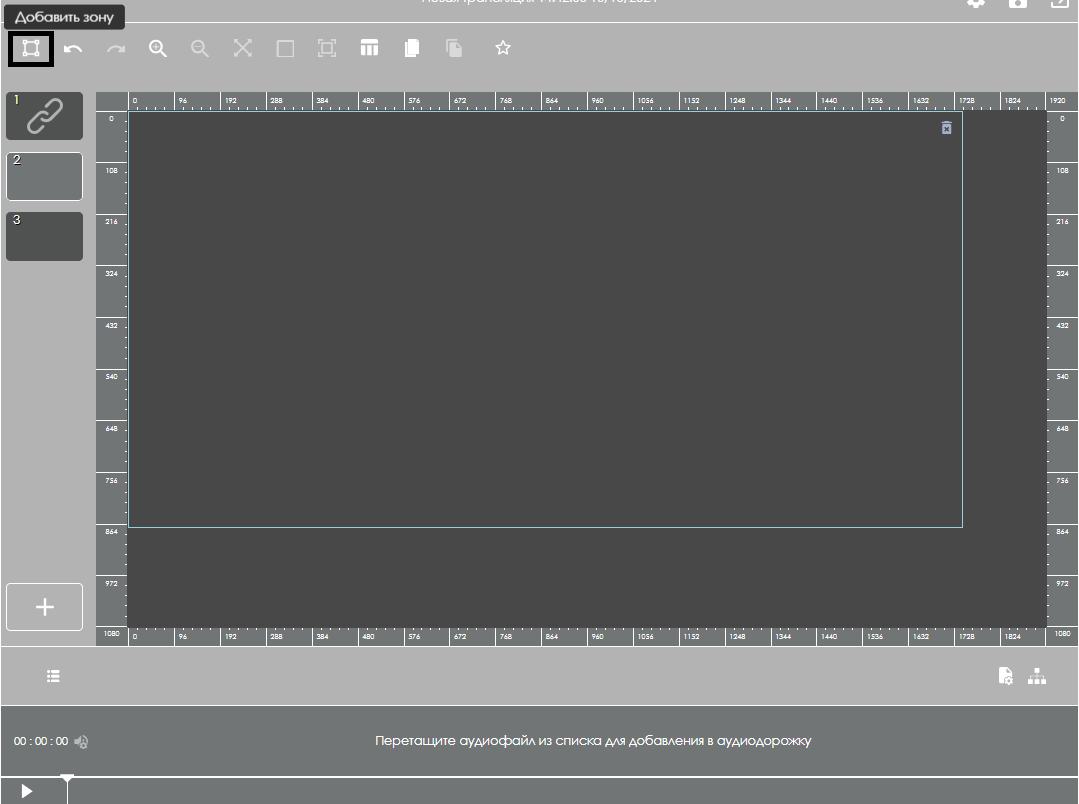
Next, the user needs to select the media stream content that has been added to their personal account.
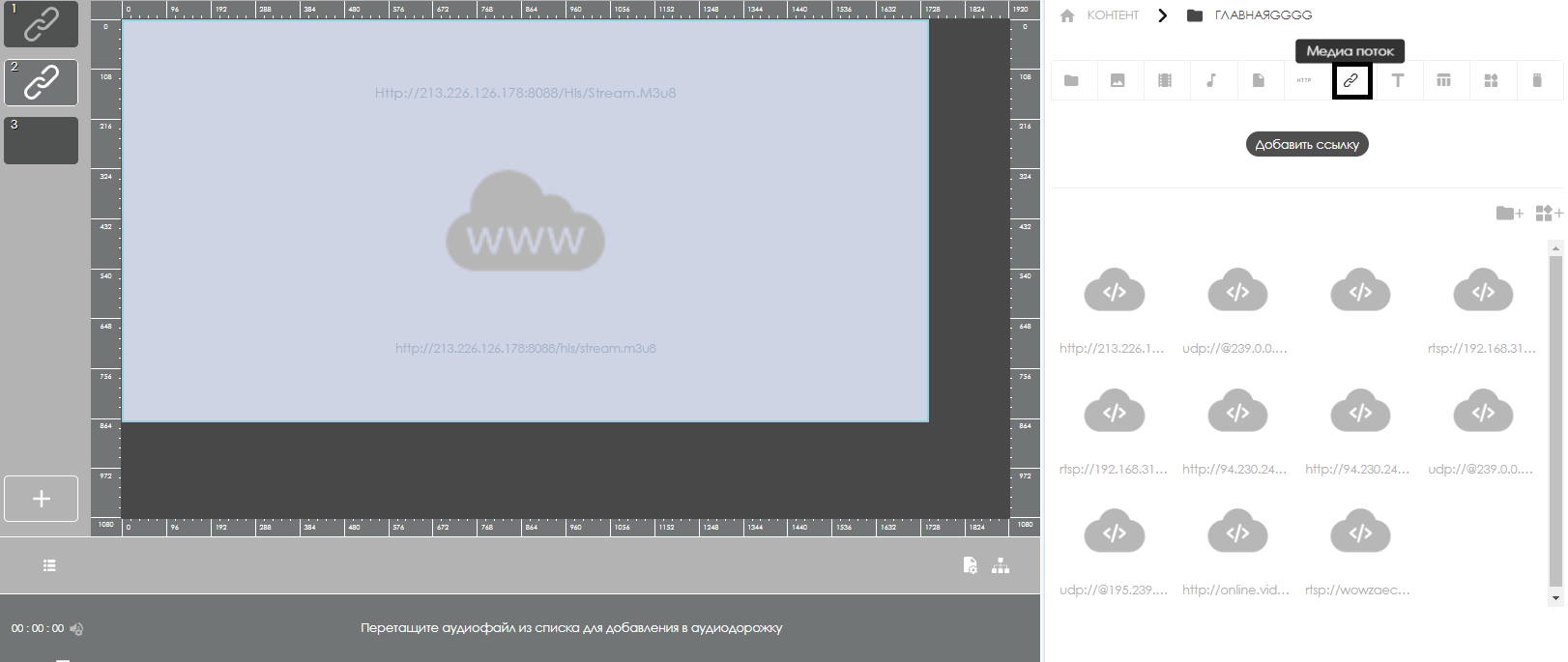
After adding the media stream to the broadcast zone, the user needs to click on the content in the zone again to change the display of settings in the right toolbar with the broadcast parameters.
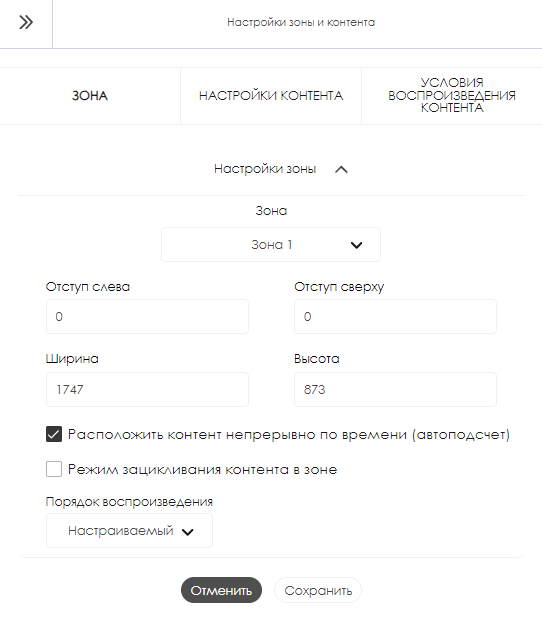
In the opened toolbar, the user needs to select the "Content Settings" block and go to its "Android" section.
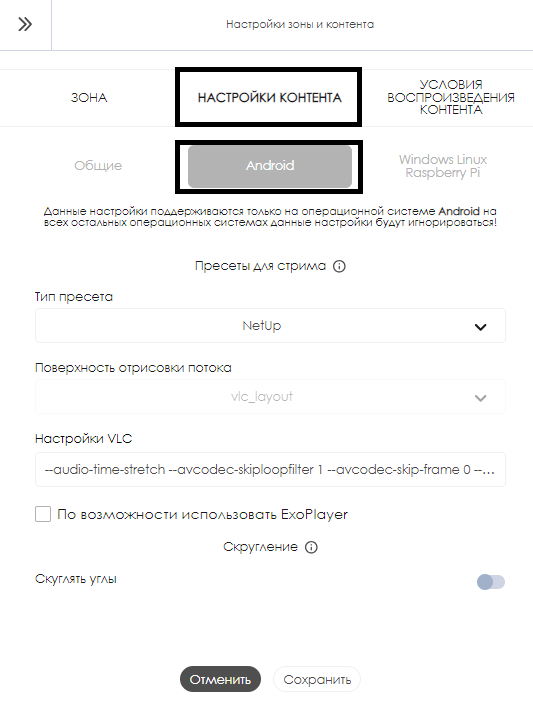
Opening this section gives the user access to preset settings for devices.
Preset Settings List
The preset settings block in the "Android" section is referred to as "Stream Presets."
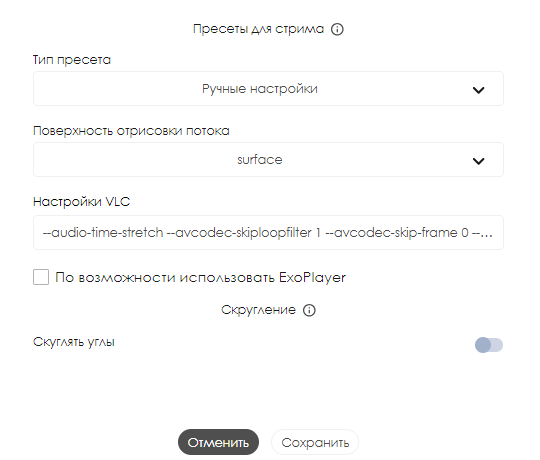
In this block, only one setting can be changed – the "Preset Type." This setting allows the user to choose from four types of presets:
- NetUP
- Ugoos 1
- Ugoos 2
- Manual settings
More About Manual Settings
In the "Manual settings" mode, the user gains access to all settings located below, specifically:
- Stream rendering surface – allows selecting rendering capabilities depending on the device manufacturer. Three options are available: surface – the simplest and lightest rendering option for the system; textures – a heavier option for rendering, allowing better graphic processing on powerful set-top boxes; vlc_layout – combines both solutions and automatically applies the appropriate option based on the player's parameters and the device's power.
- VLC settings – allows manually configuring VLC player settings. Detailed information on how to specify VLC settings manually can be found at the following links: [https://wiki.videolan.org/Documentation
/ link 1], [https://wiki.videolan.org/Documentation / link 2], [https://wiki.videolan.org/Documentation / link 3].
- Checkbox for the ability to use ExoPlayer – allows using ExoPlayer for playing stream content. Most often used for streams: rtp, rtsp, udp, and hls.
After completing all the settings, the user needs to click the "Save" button in the middle of the screen and finalize the broadcast setup for playback on the device.